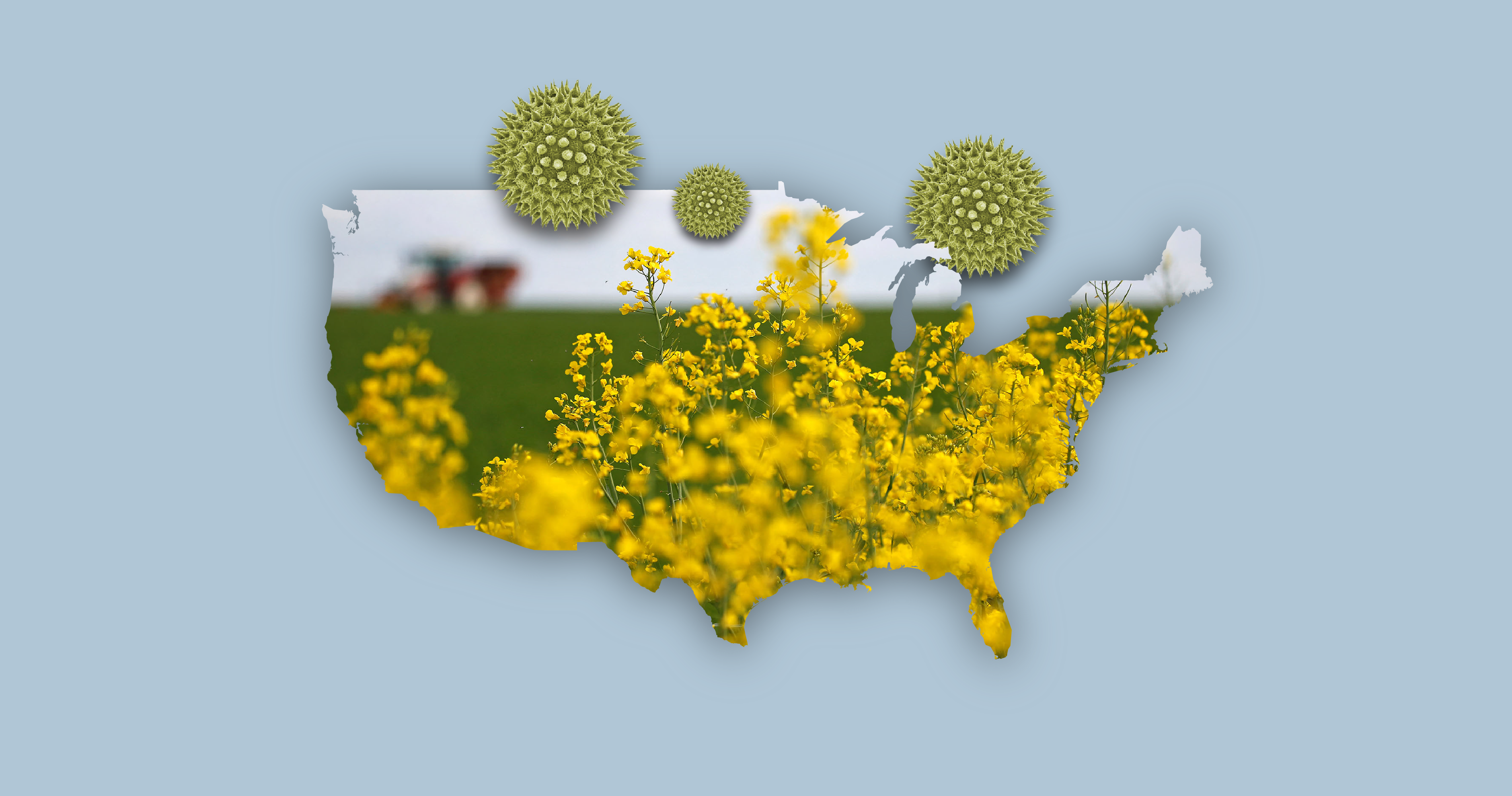
Early Spring Brings Allergy Woes to the United States
The arrival of spring, often celebrated for its blossoming trees and vibrant flowers, brings a mixed bag of emotions to the United States. While many welcome the warmer weather and longer days, a significant portion of the population dreads the onset of allergy season. This year, the situation is particularly acute, as spring has arrived earlier than usual in many parts of the country, exacerbating the suffering of allergy sufferers.
According to the USA National Phenology Network at the University of Arizona, several Midwest states experienced the arrival of springtime a full two weeks ahead of schedule. The mid-Atlantic and northeast regions are also experiencing an early spring, with plant activity commencing just over a week earlier than the historical average. The western U.S. presents a more varied picture, with some areas in California, Arizona, and Nevada experiencing spring up to two weeks earlier, while others are seeing a delayed arrival of about a week. This variability highlights the complex interplay of climate and geographical factors that influence the timing of plant growth and pollen release.
The Climate Prediction Center forecasts predict that much of the southern and eastern regions of the country will experience temperatures significantly above average this spring. This warmer weather translates directly into increased pollen levels, as trees and plants begin to blossom earlier and more profusely. The ramifications for individuals with seasonal allergies are considerable. Approximately one in four adults and one in five children in the United States grapple with seasonal allergies, making the early and intense pollen season a widespread public health concern.
The Asthma and Allergy Foundation of America conducted a recent study that underscores the growing severity of allergy seasons in specific locations. Eight cities in California witnessed substantial increases in their allergy rankings, primarily due to an explosion of grass and weed pollen. The foundation attributes this surge to the heavy rains experienced in the region, which spurred rampant plant growth and, consequently, heightened pollen production. New Orleans experienced a particularly dramatic shift, soaring from 34th place in the previous year to second place in the national allergy rankings in 2025. These findings suggest that changes in precipitation patterns, potentially linked to climate change, can have a significant impact on local allergy conditions.
As warm spring temperatures spread across the United States, pollen levels are rising rapidly. On March 20, the first official day of spring, pollen counts are already reaching concerning levels in many areas. This early surge in pollen poses a challenge for allergy sufferers who may not be adequately prepared with medication or lifestyle adjustments.
Pollen, the fine powder released by plants, trees, and grasses, is essential for fertilization within the same species. However, these microscopic particles readily drift through the air and are easily inhaled by humans. For individuals with allergies, this inhalation triggers an overreaction of the immune system. The body mistakenly identifies pollen as a dangerous substance and initiates a defense response, releasing antibodies to attack the perceived threat. This immune response leads to the release of histamines into the bloodstream, which are responsible for the classic allergy symptoms: runny nose, itchy eyes, sneezing, and nasal congestion.
Fortunately, there are steps that individuals can take to mitigate the impact of seasonal allergies. Reducing exposure to pollen allergens is a key strategy. This may involve staying indoors during peak pollen times, typically in the morning and on windy days. Keeping windows and doors closed can also help minimize pollen entry into the home. Using air purifiers with HEPA filters can further reduce indoor pollen levels.
Identifying specific seasonal triggers is also crucial for effective allergy management. By understanding which plants or trees are causing the most significant reactions, individuals can take targeted measures to avoid exposure during their blooming periods. Consulting with an allergist can help pinpoint specific allergens through skin prick tests or blood tests.
In addition to environmental controls, various medications can help alleviate allergy symptoms. Antihistamines block the action of histamines, reducing symptoms such as runny nose, itchy eyes, and sneezing. Decongestants help to clear nasal congestion. Nasal corticosteroids can reduce inflammation in the nasal passages, providing relief from nasal congestion and other symptoms. In severe cases, allergy shots (immunotherapy) may be recommended to desensitize the body to specific allergens over time.
Other preventative measures include showering after spending time outdoors to remove pollen from the skin and hair, washing clothes frequently, and wearing sunglasses to protect the eyes from pollen exposure. Monitoring pollen forecasts can also help individuals plan their activities and take necessary precautions on high pollen days.
The early arrival of spring and the associated increase in pollen levels present a significant challenge for allergy sufferers across the United States. By understanding the causes of seasonal allergies, identifying specific triggers, and implementing effective management strategies, individuals can minimize the impact of allergies and enjoy the beauty of spring without suffering from debilitating symptoms. It’s important to consult with healthcare professionals for personalized advice and treatment options to manage allergies effectively. While early spring may spell misery for some, proactive measures can help them navigate the season with greater comfort and well-being.
